Corporate Transparency Regime Change
There are no doubts that, when it comes to financial disclosure, we have moved from the well-intention phase into the show-me-the-numbers phase. Asset owners and regulators are asking asset managers, who are asking issuers, who are asking their suppliers, and everyone along the way, an ever-increasing amount of information. They want it all and they want it now, from climate data and strategy to employee data, or board relationships and competencies. Transparency will be the key theme for 2021 and beyond, and with that increased transparency will come, one shall hope, more accountability.

Going beyond the engagement phase
While corporate engagement will likely remain a high priority among active shareholders, management offering a simple “promise” to change will not make the cut anymore. Sovereign funds and public pension funds are now more than ever ready to use their voting power on a certain number of key issues, including Diversity and Climate. “Say on Climate” proposals are on the rise, and so are Climate-related litigations. Proxy advisory firms are also, once again, tightening their voting recommendations, which will provide more incentive to investors to express their opinion through their votes. Voting decisions at large institutional investors are facing heightened scrutiny and being “vocal” about an issue will have to be followed by consistent voting practices, or they risk public backlash. Patience seems to have run thin on key governance topics such as simple majority, CEO/chairman duality, Climate, or workforce disclosure.
Going beyond the “guideline” phase
For years, many regulators have adopted a comply or explain approach. While management teams and boards have greatly evolved, some investors are now pushing for more disclosure, requesting data deeper down the organization. Calvert, NYCERS (New York City Employees’ Retirement System) and other prominent investors are asking companies to disclose their EEO-1 report, a report that would show a company’s workforce gender and racial equality and diversity. Only 4% of companies currently do, NYCERS has asked 67 S&P100 companies (1) to voluntarily disclose their EEO-1 information (2), including workforce composition and pay data.
Certain regions however have chosen the prescriptive path and upcoming regulation related to corporate disclosure will accelerate some trends that are already well underway. In Canada, Quebec (3) led the way in by enacting a policy back in 2011 requiring gender parity on boards of all state-owned enterprises, which most have achieved, and requiring boards to include at least one director age 35 or younger. While this law does not apply to private companies, it did set the bar and helped women gain board experience. In California, a new bill (AB 979) (4) enacted last October requires all “publicly held domestic or foreign corporation whose principal executive offices are located in California” to have at least one director from an underrepresented community (5) by the end of 2021.
This is an addition to the section 2 of the law requiring these firms to have a least one female director by the end of 2019. These laws are being challenged but have nevertheless been very effective as all male boards in California represented less than 3% in 2020 down from 30% in 2018. At the federal level, while the SEC’s action is limited by its materiality-based disclosure system, it has sent a clear message that it wants to “play a leading role (6) in the development of a baseline global framework”(7).
Going beyond the gender diversity debate
Just as we turn the page on gender diversity, companies are now challenged with an expanded notion of “diversity”. Gender diversity was a simple way to improved diversity at the board and among leadership teams, but it is far from achieving the end goal of diversity of thought that would foster value creation debates. In Canada, a new provision of the Canadian Business Corporations Act (CBCA) Bill C-25 (8) requires federally incorporated corporations to report on the representation of, at a minimum, four designated groups, namely aboriginal peoples (First Nations, Inuit and Métis), persons with disabilities and members of visible minorities, at both the board and senior management level. It will also require companies to disclose, in their proxy documents, whether they have adopted a written policy, set target, and show progress, and if not, explain why. In the US, the recent SEC’s decision (9) to deny J&J’s No-Action request regarding Trillium Asset Management’s proposal to assess the racial impact of its policies, practices, products and services and publish the report, along with recommendation to improve its racial impact is a step in the right direction of more transparency, and more accountability.
Going beyond the marketing phase
“ESG funds” have to be “ESG funds”. Many governments have committed to carbon neutrality by 2050 or sooner and they are now actively deploying tools and measures to make sure capital is directed towards activities that will enable them to deliver on their promise. Hence the EU-wide classification system for environmentally sustainable economic activities (EU Taxonomy) that went into effect in July-2020. The creation of EU Labels will follow the taxonomy rules and will be applied to all financial products being sold as “Environmentally sustainable”.
While EU taxonomy focuses on the environment for now, a social version is expected to follow. In Canada, a Transition Taxonomy is in the making and will also provide solid foundations for the development of Sustainable investment labels. In Japan, the FSA (Financial Service Agency) is expected to review ESG fund labels (10) to make sure investors are provided with adequate information about funds that are self labeling “ESG”. Last October, Japan announced its intention to be carbon neutral by 2050 commitment, with plans for decarbonized of Japan economy, including phasing out coal plant. Over 300 companies are supporting TCFD disclosure framework, which is the highest in the world.
Going beyond the governance “one-size-fits-all” model
Investors’ mindset and knowledge about sustainability has vastly expended in the past decade which, combined with more engagement with companies, has allowed them to refine their votes, rather than applying one rule across their investments. One example is the overboarding concept for directors. Proxy advisory firms are at last looking at the role of directors in each of the board they sit on, rather than just the number of boards. Three directorships might be too much for a CEO or a chairman for them to discharge their responsibilities properly, while not an issue for a “regular” director.
Going beyond the “CEO knows better” argument
Support for proposals seeking the split of CEO/Chairman (11) roles has regained some momentum despite still unclear recommendations from US regulators and little evidence that a split role leads to better outcomes for shareholders, as it is most likely a condition that is necessary but not sufficient. In the U.S., Dodd-Frank rules are based on a “comply or explain” approach, and only requires companies to explain their choice if the elect to pursue a dual role for their CEO. While there is a clear trend towards split roles, the majority of S&P500 companies allow their CEO to retain the role of chairman. Canada has, by and large, embraced the split role model, but CEO duality model remains dominant in some industries. Across the Atlantic, it has been a tale of two Europe, with companies in Spain, Italy and France ranking among the highest proportion of combined roles while Northern countries such as Germany, Sweden, and the Netherlands are dominated by a split model. The most elegant and lasting way to move to a split role is during a well-planned CEO transition. Unfortunately, when roles are split in response to a corporate crisis, too often roles get combined again once hardship has passed.
The world of finance is changing at unprecedented speed. For decades, we had envisioned sustainable finance as a niche, isolated, and well-defined segment. We realize today that sustainability is embedded in every financial statement line item, every discussion at board meetings and is now inevitably appearing at every annual general shareholder’s meeting. Regulatory building blocks are being introduced in many countries creating a complex yet much needed framework for transparency. And transparency is the only path forward if we truly want to transition to a low carbon world.
______________________
REFERENCES:
1: https://comptroller.nyc.gov/wp-content/uploads/2020/06/EE0-1-Focus-List.pdf?utm_source=Media-All&utm_campaign=7998b7d4c8-EMAIL_CAMPAIGN_2017_05_31_COPY_01&utm_medium=email&utm_term=0_7cd514b03e-7998b7d4c8-141571729
2: https://comptroller.nyc.gov/newsroom/comptroller-stringer-and-three-new-york-city-retirement-systems-call-on-67-sp-100-companies-who-issued-supportive-statements-on-racial-equality-to-publicly-disclose-the-composition-of-their-workforce/
3: https://www.canlii.org/en/qc/laws/stat/cqlr-c-g-1.02/latest/cqlr-c-g-1.02.html
4: https://leginfo.legislature.ca.gov/faces/billTextClient.xhtml?bill_id=201920200AB979
5: Section 301.4 (e) (1 ) “Director from an underrepresented community” means an individual who self-identifies as Black, African American, Hispanic, Latino, Asian, Pacific Islander, Native American, Native Hawaiian, or Alaska Native, or who self-identifies as gay, lesbian, bisexual, or transgender.
6: https://www.sec.gov/newsroom/speeches-statements/coates-esg-disclosure-keeping-pace-031121
7: : John Coates, Acting Director, Division of Corporation Finance, SEC: Public Statement, March 11, 2021
8: https://www.parl.ca/DocumentViewer/en/42-1/bill/C-25/royal-assent
9: https://www.sec.gov/divisions/corpfin/cf-noaction/14a-8/2020/ellingeretaljohnson121620-14a8-incoming.pdf
10: https://www.esginvestor.net/japan-fsa-to-review-esg-fund-labelling-rules/
11: https://clsbluesky.law.columbia.edu/2018/11/30/iss-discusses-how-governance-practices-show-that-independent-board-leadership-matters/
Disclaimer:
This article is for informational purposes only and does not constitute investment advice. Borealis GAM may be invested in the securities of companies mentioned herein, creating a potential conflict of interest. While we strive for objective analysis, this should be considered. Past performance is not indicative of future results, and all investments carry risk, including loss of principal. Consult a financial advisor before making investment decisions. The information provided is based on our opinions and current holdings, which are subject to change without notice, and we make no warranties as to its accuracy or completeness.







